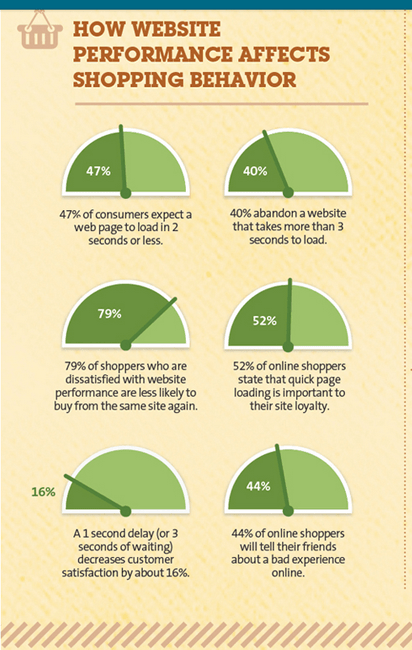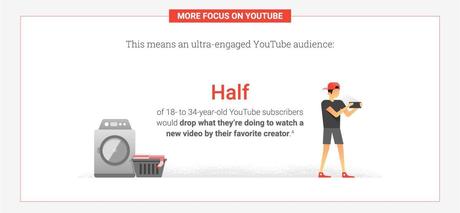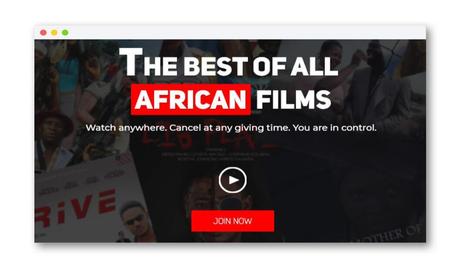In terms of SEO, one of the most important concepts that far too many people aren’t paying enough attention to is bounce rate. On the surface, it’s exactly what it sounds like: it’s the rate at which users are arriving at your WordPress site and then leaving immediately before you ever have a chance to convert them.
Google sees a high bounce rate as bad because, in theory, it’s indicative of either low-quality content, irrelevant content for particular searches or, in most cases, both. Therefore, a high bounce rate is a massive strike against you in terms of SEO.
How to Reduce Bounce Rate on your WordPress site?
But diving deeper, bounce rate is also indicative of a far more serious problem: people aren’t connecting with your brand in the way they should be. Therefore, if you’re looking for killer ways to improve your bounce rate, there are six, in particular, you’ll want to explore.
1. Improve Your Site’s Experience
Studies show that if you truly want to improve your website’s bounce rate, you need to support and empower your user experience as much as possible.
Pop-up ads can be detrimental to that, for example. You may think that you’re capitalizing on an instant opportunity to put an ad in front of someone, but what you’re really doing is creating a wall between the user and the content they want to consume. It’s just as easy to hit the “Back” button as it is to click on that ad, after all…
Make sure that your website looks great from a visual perspective. Make it easy to navigate from a technical perspective. Do whatever you have to in order to make sure that people can effortlessly access the content they’re looking for.
2. Load Times Matter More Than You Think
Along the same lines, one of the most critical ways to improve your bounce rate is also perhaps the most straightforward. Studies have shown that a massive number of users will abandon your site entirely if it takes longer than just three seconds to load.
This is something true of 53% of your mobile users in particular. The truth is that a slow WordPress site can completely destroy your online business and discourage potential customers from buying from you. Check out these stats to learn more about how website performance can affect shopping behavior:

Again, this all goes back to the sanctity of the user experience – anything that negatively impacts that is something you cannot afford to be dealing with. You may not think taking five seconds to load versus three seconds is a big deal. Your users, however, care about this to a great extent – which means that you need to care about it, too.
3. Video, and Lots Of It
People love video on demand content – to the point where one recent Hubspot study showed that 45% of people are watching at least an hour of video per day, if not more.
Not only would people rather watch a video than read a blog post on the same topic, but Google revealed that about half of people between the ages of 18 and 34 will literally stop what they’re doing to watch a new video by one of their favorite creators.

Online video content doesn’t just get someone on your page. It keeps them there for longer than any other type of content. Therefore, if you want to improve your bounce rate, this is one of the techniques you need to hit as hard as possible.
4. Create Better Content
Part of the reason why people are so quick to leave a site is that the content they find just isn’t relevant to their needs or interests. If this is a problem you seem to be having, you need to work on creating better content – and that begins with keyword research.
Use keyword research tools like Google Keyword Planner or other alternatives to find high-value keywords for your industry. This will clue you in on what people are interested in and what topics they’re paying attention to today.
Once you know that, you can work your way backward to blog posts, videos and other types of content centered around those keywords. Don’t just write something and hope it connects with the audience – start with the keyword and work your way back to a piece of content that will resonate with your target audience.
5. Leverage Google Tag Manager
A lot of times, your bounce rate is just a side effect of poor event tracking, which Google Tag Manager can help you fix. If you haven’t installed GTM on your website, I’d suggest you first set up and install Google Tag Manager before going forward.
GTM acts basically as middle-man between your website and the tracking tool that you use (like Google Analytics). It allows you to track different interactions and feed the data into Google Analytics or any other tool that you might use.
[youtube https://www.youtube.com/watch?v=WPEdkc_feNM]By leveraging Google Tag Manager, you can easily track engagements and interactions which can affect your bounce rate. To do this, you will need to first decide which interaction on your site you want to consider as engagement and want to be tracked. Here are a few examples for you to get started:
- Clicked on “Add to Cart”
- Played an embedded YouTube video
- Clicked on your phone number/email address
- Submitted a form
- Clicked on Social Media share buttons
- Etc.
We can’t really get into how you can set up these tags on GTM in this guide as it requires its own comprehensive guide. But one thing that you really want to pay attention to, whether you’re planning to use GTM, or you’re already using GTM, is your “non-interaction hit” settings on your tags.
If you set the “non-interaction hit” to “true” that means, the event won’t affect your bounce rate, and won’t be considered as an engagement, or interaction on your pages.
For the engagement tags that you set up, you need to set the non-interaction hit to false, which means that it will be considered as an interaction, and will help reduce your bounce rate.
6. Give Control Back to Your Users
By now, the key theme running throughout many of these tips should be clear: people want more control over how, where and when they consume the content you’re creating. It’s one of the reasons why OTT services have become so popular in the last few years – people can watch things precisely when they want to without anything else getting in the way.

Source: OTT Content Trends by Uscreen
If you’ve never heard of the term OTT, don’t worry– OTT stands for over-the-top, it refers to any content service that allows you to stream videos via the internet and not via satellite or cable.
This explosion of OTT services and content shows a key element that can help you reduce your bounce rate. And that’s control.
This means you can’t force your users to go on the journey you see for them. You have to do whatever it takes to support the journey they want to have for themselves.
That’s why more people than ever are using ad blockers online – they’re done being “sold to” in a traditional sense. They want valuable content that helps them solve challenges or answer questions and then and only then will they consider coming down off the fence and making a purchase – but this is a tremendous position for your brand to be in.
Wrapping this up…
In this article, I’ve covered several ways to reduce your WordPress site’s bounce rate and boost your engagement. But, without great content, even if you reduce your bounce rate in half for the time being, your risk of increasing it again is very high.
No matter what type of website your running, whether an eCommerce site or a membership website, the final killer way to improve your bounce rate is all about your point of view. Be truthful with your content. You’re an authority – act like it. Listen to what your community has to say. Participate in the conversations they want to have. Let your audience tell you what type of content you should be creating and then act on that insight.
If you can reach that higher level of content creation, rest assured bounce rate is not something you’ll have to worry about any longer.
Note: This guide to Reduce Bounce Rate is contributed by Amir Shahzeidi. If you have an interesting topic to contribute to our website, then check our Guest Posting Guidelines.
